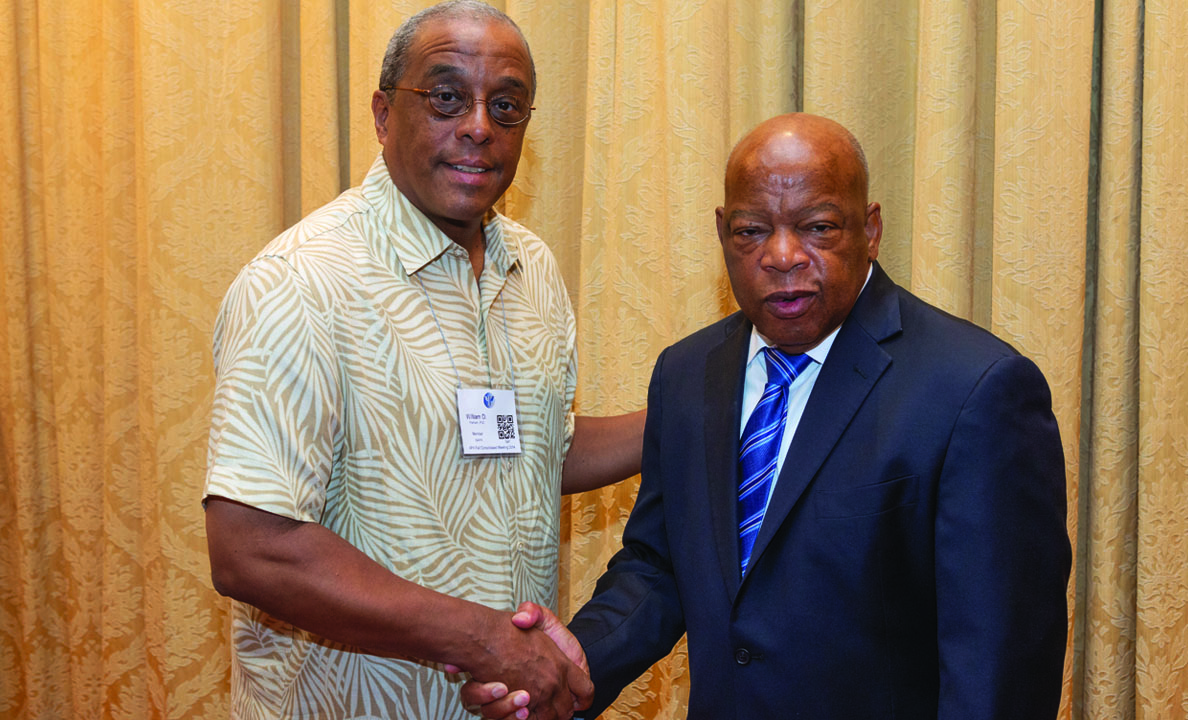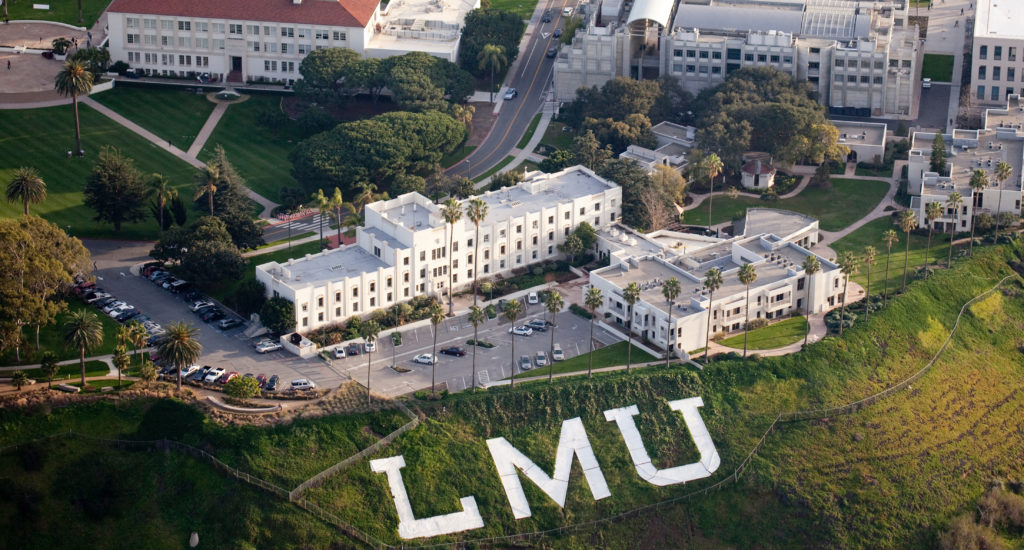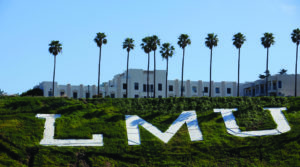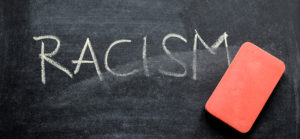By William D. Parham, Ph.D., ABPP
A Civil Rights icon, an American hero, has been called home! On July 17, 2020, with his work on Earth now complete, John Robert Lewis crossed his final bridge into the embrace of our Creator and the angels whose protection he will no longer need. A difference-maker who prided himself on becoming involved in “good trouble,” John Lewis’ life was the embodiment of consistent and steadfast moral leadership.
I had the privilege of meeting the Hon. John Robert Lewis and, on a separate occasion, along with a colleague, of interviewing him as our inaugural guest Civil Rights icon in a series of articles that appeared in the Journal of Multicultural Counseling and Development (JMCD).
Evident in the interview was his compassion for oppressed and exploited communities. He drew strength from their collective desires for access and equity and from their audacity to hope for brighter days ahead. The life-endangering journey and the huge burden of responsibility John Lewis felt for his fellow freedom fighters and to the communities on whose behalf he was risking everything quietly surfaced the increasingly perceptible and ultimately unmistakable recognition that fate was the invisible ally for John Lewis and his fellow advocates as they traveled on freedom’s highway.
Equally noticeable during the interview was his lack of in-the-moment success during many parts of our conversation at containing painful memories of past encounters with venomous acrimony, the indelibly etched invisible tattoos of trauma likely inked during the tumultuous and storied years of much-needed social protests. Despite his emotional discomfort, gratitude for my colleague and I that we were going to share his message of “see something, do something” to a ready audience of allies, buoyed his resolve to push through the pain yet again, knowing that he was investing in America’s future.
During his Earthly journey, his strength as a leader, ability to stand tall in the face of seemingly impenetrable bigotry and hatred, his undeterred inclination to expose unvarnished truths about systemic inequities, and his awareness of the fragility of progress resulted in many milestones. Key among the highlights that etched his place in history was receiving an invitation from the late Rev. Dr. Martin Luther King Jr., to accompany him on his journey to freedom. John Lewis was a mere 18 years of age when he answered the call. Related, he was the youngest person, at age 24, to speak at the podium at the March on Washington.
Brushes with death, brought on by beatings and other acts of brutality by cops and state troopers filled with animus and enmity, would not dissuade John Lewis and fellow freedom fighters from marching for voting rights and equal access for marginalized communities. His gifts for speaking truth to power proved consequential, positioning him for 33 years of success representing Georgia’s 5th Congressional District. His never-say-die tenacity and resolute perseverance to challenge the infrastructure of systemic racism resulted in earning the signature title as the “conscience of the Congress.” His deliberate actions for justice, across decades of his distinguished life, also garnered him the Presidential Medal of Freedom in 2011 from President Barack Obama.
His many home-going memorials witnessed worldwide coupled with the reenactment of his march across the Edmund Pettus Bridge using a horse drawn carriage, were, at the same time, heart-rending and heartwarming. The collage of goodbyes from a thankful and diverse citizenry also triggered recollections of a memorial service I attended nearly three decades ago. The older brother of my deceased colleague eulogized his younger sibling by sharing a story involving two house rules laid down by their parents that each son had to honor.
On Friday and Saturday nights when the boys went out to parties or other social gatherings, they had to return home by an agreed upon curfew. The oldest brother could stay out later than the third brother, who could stay out later than the second brother who, in turn, could stay out later than the youngest brother who had an 11 p.m. curfew. The younger brother, upon returning home, retrieved the house key left by his parents from under the mat at the front door. Upon entering his home, he had to leave the house key under the mat for the second brother who, upon his return home, had to leave the key under the mat for brother number three, who then had to leave the key under the mat for the oldest brother. The safe return home of the eldest brother, preceded by his younger siblings, prompted his parents, thought to be fast asleep, to say in harmony, “we love you and will see you in the morning when you awake!”
John Robert Lewis has returned home leaving a key under the mat for us to unlock the door upon our anticipated arrival home. The key about which I speak comes in the form of reminders about how John Lewis led his life. You see, we know now that John Robert Lewis did not count his days here on Earth; he made each of his days on Earth count! The life of John Lewis reminds us that progress is fragile so the fight for equality is never ending. Witness the following parallels. On March 7, 1965, aka Bloody Sunday, the bigotry of Alabama Gov. George Wallace was in full force. Gov. Wallace’s sanction of violence fueled police and state trooper attacks against peaceful protesters using billy clubs to crack skulls and break bones and tear gas to blind and otherwise coerce the assembled group of quiet protesters into submission. Fast forward to late July 2020, when an identical profile of national executive leadership was in full force. Unfolding in clear view was the uninvited arrival in Oregon of federal police perpetrating violence against peaceful protestors with tear gas and shot impact munitions.
Present day ongoing and aggressive efforts to manipulate political outcomes using voter suppression tactics triggers recollection of the 1940’s “literacy test,” an imposed requirement in the South for persons wishing to vote to first read a section of the state constitution and explain it to the white county clerk, who routinely failed Black voters, who consequentially were prevented from casting their vote.
The life of John Lewis reminds us that the power of nonviolent protests is an effective tool for creating change, despite the presence of venomous racism, bigotry, and hatred. His character, consciousness, and well-calibrated moral compass reminds us that humility supersedes vanity, narcissistic arrogance, and false pride. His unapologetic belief that one person can make a difference brings to my mind an image of a tiny pebble dropped into a pond of still water. Despite its tiny size, it, nonetheless, creates ripples beyond it point of impact. His consistent and strategic actions relative to moving the needle of real change is captured best in the poem by Edgar Guest wherein he states, “I’d rather see a sermon than hear one any day!” Using his moral compass to direct his steps, John Lewis discovered his strength to resist ever-present temptations to engage in Faustian bargains, costly decisions to sell his soul for short-term artificial gains. Perhaps the brightest star in the universe of the spirit of John Robert Lewis was the power he found in forgiveness. Beaten until almost dead while carrying the cross of responsibility to the communities he vowed unflinchingly to serve, he found and summoned strength to forgive those persons who beat him unmercifully. His contemplative embrace of nonviolence in the face of horrific circumstances feels as miraculous as him being able to still rise, stand tall and to “keep on steppin’” all the way to Selma. Whoa!
Prior to crossing life’s final bridge on our way home, on what roads will we have traveled and in what ways will we have defined our lives? Akin to the response of the 18-year-old John Robert Lewis to an invitation from Martin Luther King Jr., will the current generation of 18-25-year old young adults answer the clarion call to become and remain steadfast in their quest to dismantle systemic inequities and oppression? Will they realize their collective strength, creativity, sense of agency, urgency of the moment, and innate abilities to engage in meaningful and sustained social protests, and then use those qualities to fuel their drives to find “good trouble” opportunities where they can agitate conversations and incite constructive action? Will American citizens across generations honor the legacy of John Lewis and exercise their power to vote? And, who among the cross-generation collective will make time to mentor and groom young aspiring difference-makers and future change-agents?
If nothing else, the celebrated, distinguished, and well-lived life of the Hon. John Robert Lewis reminds us that life is finite but provides an opportunity for us to leave a key under the mat for those who will come behind us. What reminders of our lives, relative to inspiring current and future generations to commit to fighting racism, inequity, and social injustice everywhere, will serve as the mold within which our keys will be cast? With whom will we bond as brothers (and sisters) enjoying life while honoring a family rule to look out for one another? In what other sustained ways will we vow to serve others, all but ensuring a jubilant “welcome home” greeting from our Father likely to herald, I love you and will see you in the morning when you awake? Whoa!
Until next time …




